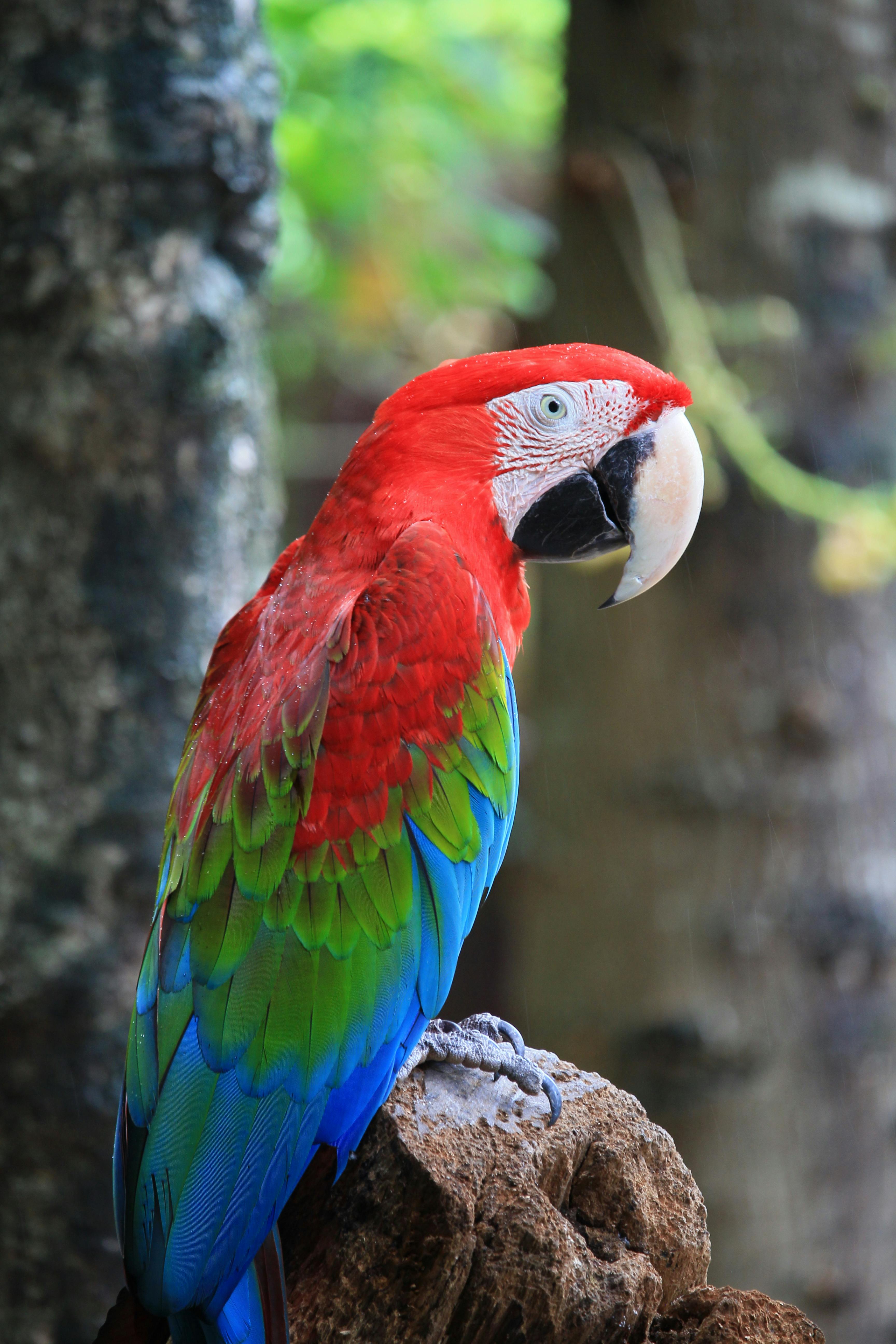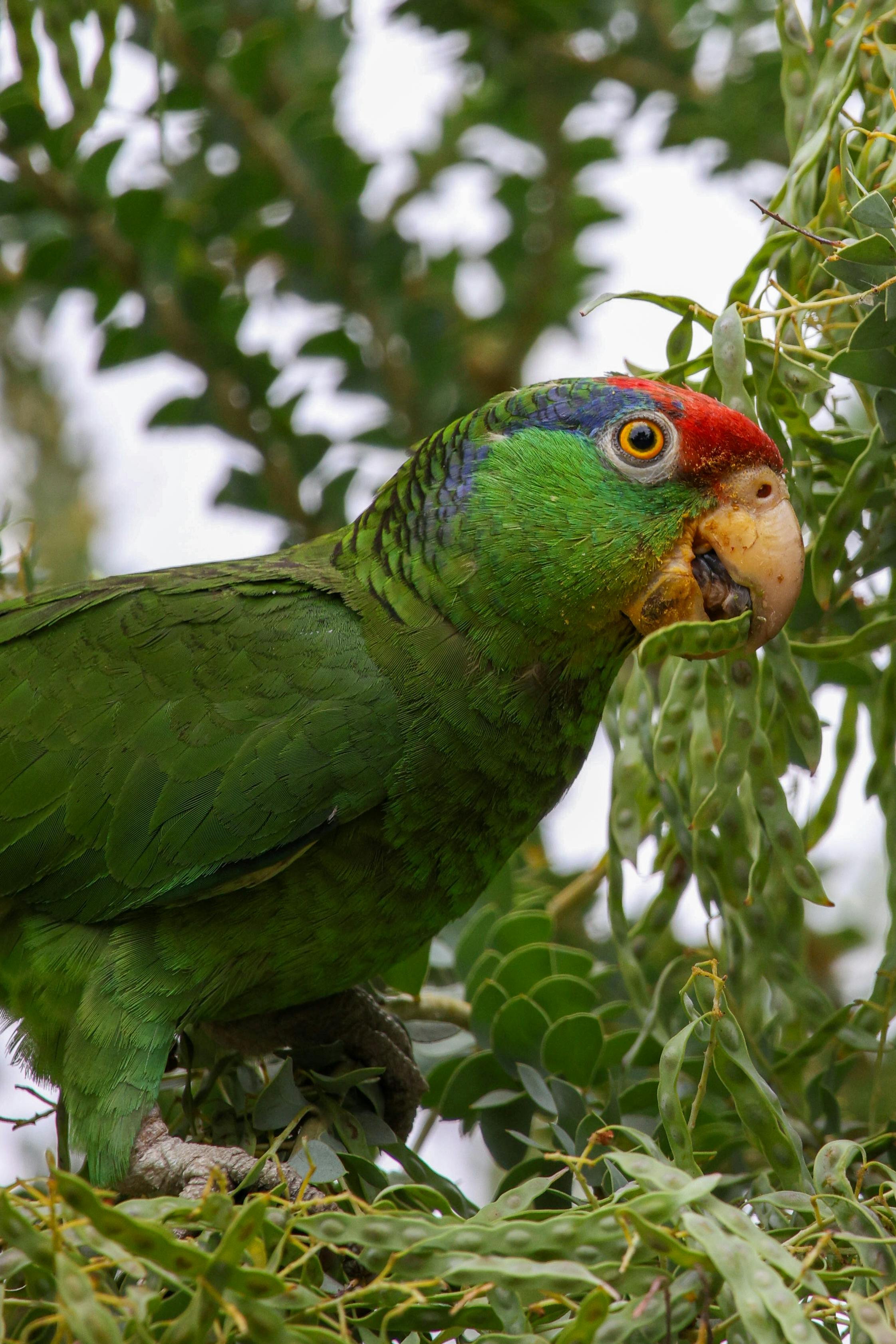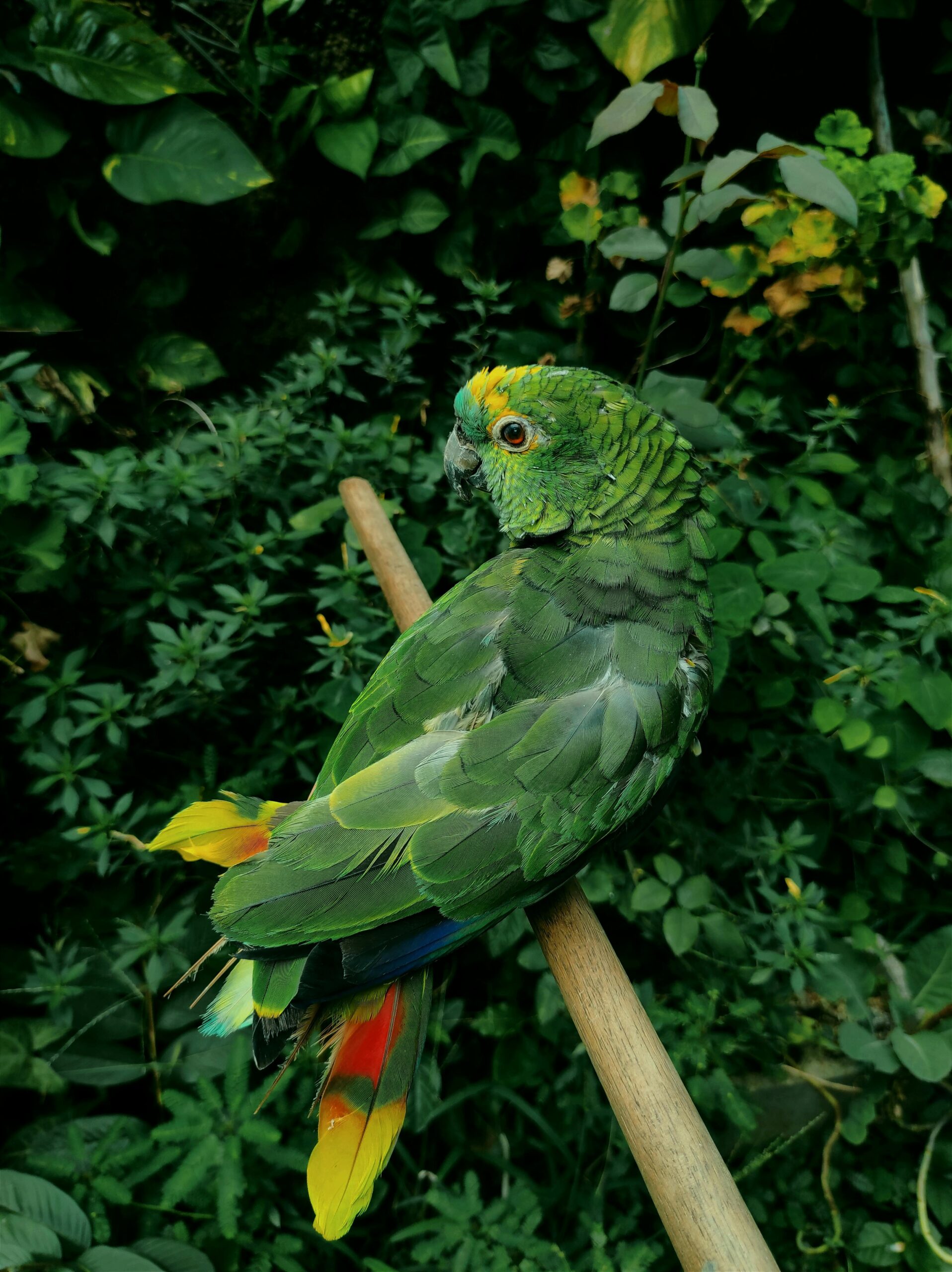Effective Ways to Train Your Amazon Parrot for Better Communication in 2025

As more people seek companionship in unique forms, the Amazon parrot is gaining popularity for its vibrant personality and exceptional talking ability. Training your Amazon parrot is essential, not only for communication but also for building a solid bond between owner and bird. Understanding the specific needs of these parrots can lead to an enriching experience for both parties. This article will explore effective ways to train your Amazon parrot, ensuring they communicate effectively and live a fulfilling life.
Training an Amazon parrot goes beyond mere commands; it encompasses their diet, behavior, socialization, and overall care. As we delve deeper into this guide, you’ll discover the benefits of positive reinforcement techniques, essential habits for Amazon parrot owners, and practical strategies to enhance the interaction between you and your feathered friend. Here’s a roadmap of what we’ll cover:
- Understanding Amazon Parrot Behavior
- Positive Reinforcement Training Techniques
- Creating an Enriching Environment
- Common Training Challenges and Solutions
- Q&A: Important Considerations for Amazon Parrot Owners
By the end of this guide, you’ll be equipped with the knowledge and skills necessary to train your Amazon parrot effectively and build a deeper bond through communication.
Understanding Amazon Parrot Behavior
Building on the fundamentals of Amazon parrot training is an understanding of their natural behavior. Amazon parrots are known for their intelligence, social nature, and vocal capabilities. Recognizing these traits is crucial in training efforts as they dictate how these parrots interact with their environment and with humans.
Amazon Parrot Temperament and Personality Traits
Amazon parrots exhibit lively, playful personalities. They tend to be outgoing and enjoy interaction with their human companions. Understanding these personality traits fosters a better training environment, as they thrive on human attention and companionship.
Bonding Activities to Enhance Communication
Engaging in bonding activities is essential for communication development. Activities such as interactive playtime and gentle handling can help your Amazon parrot feel secure and more willing to communicate. Reading to your parrot while encouraging vocal responses can also stimulate their interest in talking.
Common Amazon Parrot Sounds and Their Meanings
Amazon parrots communicate through a variety of sounds. Understanding these vocalizations can help you decipher what your parrot is trying to convey. Various squawks, chirps, and whistles can express excitement, fear, or comfort. Observing their body language alongside these sounds provides insight into their emotional state.
Daily Routines and Environmental Needs
Establishing a consistent daily routine can greatly benefit your Amazon parrot. Routines can help minimize anxiety, which in turn enhances communication. Ensure that your parrot has a spacious cage, provides plenty of perches, and a safe area to explore outside the cage. An enriching environment filled with toys, social opportunities, and interaction will nurture a communicative and happy parrot.
Encouraging Positive Behavior
Recognizing and reinforcing positive behavior is key in parrot training. Whenever your Amazon parrot successfully mimics a sound or behavior, reward them with praise or treats. This reinforces their desire to communicate and learn further.
Positive Reinforcement Training Techniques
With these behavioral foundations established, we can explore effective training strategies. Positive reinforcement has become a cornerstone in teaching parrots to communicate and perform tricks. This method allows for a respectful and rewarding experience for both the parrot and the owner.
Step-by-Step Process for Positive Reinforcement
When implementing positive reinforcement, start with simple tasks. For instance, teach your parrot to say a few introductory words. Use high-value treats that they love, and once they successfully repeat the word, reward immediately. This reinforces the connection between the desired behavior and the reward, making them more likely to perform again.
Creating a Training Schedule
Consistency is crucial in any training. Develop a regular training schedule that aligns with your parrot’s peak activity times. Short, frequent training sessions are more effective than long, infrequent ones. Aim for 5-10 minute sessions, focusing on one command or skill at a time, gradually increasing complexity as your bird progresses.
Using Clicker Training for Enhanced Communication
Clicker training is another effective method for teaching Amazon parrots. Equip yourself with a clicker to mark desired behaviors. When your parrot performs a trick or mimics a word, use the clicker sound followed by a reward. This sharpens their focus and helps delineate exactly which action resulted in the reward.
Common Mistakes to Avoid
While positive reinforcement is effective, there are pitfalls to avoid. Never use punishment as a training method; instead, redirect negative behaviors positively. Ensure training remains a fun and rewarding experience, as negativity can impede a parrot’s desire to communicate. Patience is your ally; some tricks may take time before your parrot grasps them.
Strengthening Handler-Parrot Communication
Establishing a mutual understanding between you and your parrot improves training outcomes. Regularly interact with your parrot outside training sessions. Cuddling, talking, and simply being around each other builds trust, which is fundamental for effective communication.
Creating an Enriching Environment
After putting training techniques into practice, the next step is establishing an environment where your Amazon parrot can thrive. An engaging habitat is key for enhancing communication and overall well-being.
Environmental Needs of Amazon Parrots
A suitable environment for an Amazon parrot includes a spacious cage with climbing opportunities and various toys. Regularly change the toys to keep their interest piqued. Make sure the cage is large enough, typically at least 36” x 24” x 48” in size, allowing room for movement, playing, and exploration. A stimulating environment can significantly enhance your parrot’s vocalization and interaction.
Importance of Socialization
Social interaction is vital. Amazon parrots are social birds and can become lonely if not adequately stimulated or engaged. Introduce them to family members and other household pets gradually. Watching and interacting with others provides both visual and auditory stimuli, naturally enhancing their communication skills.
Choosing the Right Toys for Your Parrot
Selecting appropriate toys plays an integral role in keeping your Amazon parrot engaged. Look for toys that challenge them mentally, such as puzzle toys or those they can manipulate. Interactive toys that encourage teamwork are excellent for communication enhancement. Safety is paramount; ensure all toys are made from bird-safe materials and avoid those with small parts that could pose a choking hazard.
Providing Opportunities for Exercise
Physical exercise is as important as mental stimulation. Designate time each day for your parrot to fly safely in a confined area, ensuring they maintain good health and dexterity. Exhibiting their natural flying abilities can boost their confidence and, in turn, enhance their willingness to communicate.
Evaluating Your Parrot’s Happiness
Finally, observe your parrot frequently to gauge their happiness. Signs of a content Amazon parrot include playful behavior, vocalizations, and a relaxed stance. An enrichment plan can substantially contribute to their mood and openness to learning. Remember, a happy parrot is more likely to interact and communicate positively.
Common Training Challenges and Solutions
Despite concerted efforts, training may come with its challenges. Understanding common issues can help you devise solutions effectively, maintaining motivation for both you and your Amazon parrot.
Identifying Behavioral Problems
Some Amazon parrots may exhibit aggression or fear during training sessions. Recognize triggers and address them promptly. If your parrot reacts negatively to certain commands, it may signify a need for another approach or additional positive reinforcement.
Dealing with Noise Levels
Amazon parrots are naturally vocal, but excessive noise can strain the relationship between owner and parrot. If your parrot tends to be noisy, attempt redirecting their sound towards commands or mimicry. Encouraging more desirable sounds helps in managing noise levels while providing productive communication.
Overcoming Fear of New Experiences
Some parrots may take time adjusting to new experiences or environments. Introduce changes gradually and always reward their bravery. This gradual exposure fosters confidence and encourages them to explore new sounds and behaviors with you.
Training Plateau: When Progress Stalls
At times, you may encounter a training plateau, where progress stalls despite efforts. Have patience, and vary your training techniques to reignite your parrot’s interest. Implement games or take breaks to maintain enthusiasm.
Encouraging Peers for Social Interaction
Sometimes, Amazon parrots may benefit from interaction with other birds. Consider socialization opportunities with other parrots by connecting with local parrot communities. Exposure to different vocalizations encourages learning and mimics their peers, enhancing their communication further.
Q&A: Important Considerations for Amazon Parrot Owners
With numerous factors influencing the training of Amazon parrots, many owners have common queries. Here are some frequently asked questions focusing on Amazon parrot care.
What is the best diet for my Amazon parrot?
A balanced diet for an Amazon parrot includes high-quality pellets, fresh fruits, and vegetables. Offer seeds sparingly, as they are high in fat. Ensure their diet is rich in fiber and nutrients to support overall health and longevity.
How can I tell if my parrot is happy?
Signs of a happy Amazon parrot include playfulness, fluffed feathers, and regular vocalizations. A healthy diet, social interaction, and an enriching environment contribute significantly to their well-being, enhancing their communication skills.
How do I bond with my Amazon parrot?
Bonding involves consistent interaction. Spend time with them through talking, training, and gentle handling. Allow them to become comfortable with your presence, reinforcing trust and affection.
Are there specific signs of health issues I should watch for?
Monitor your parrot for signs of distress, including lethargy, changes in appetite, and abnormal vocalizations. Regular vet check-ups are also essential in ensuring their health and preventing common Amazon parrot diseases.
What challenges might arise during training?
Challenges may include resistance to commands, fearfulness, or aggression. Every parrot is unique, and owner patience combined with positive reinforcement are paramount to overcoming barriers during training efforts.

Training your Amazon parrot can be a rewarding journey filled with companionship, communication, and fun learning experiences. By applying understanding of their behavior, utilizing positive reinforcement techniques, and creating a stimulating environment, you’ll foster an enriching life for your feathered friend. For further insights, be sure to check out more on Amazon parrot care or explore best practices for training your parrot!
